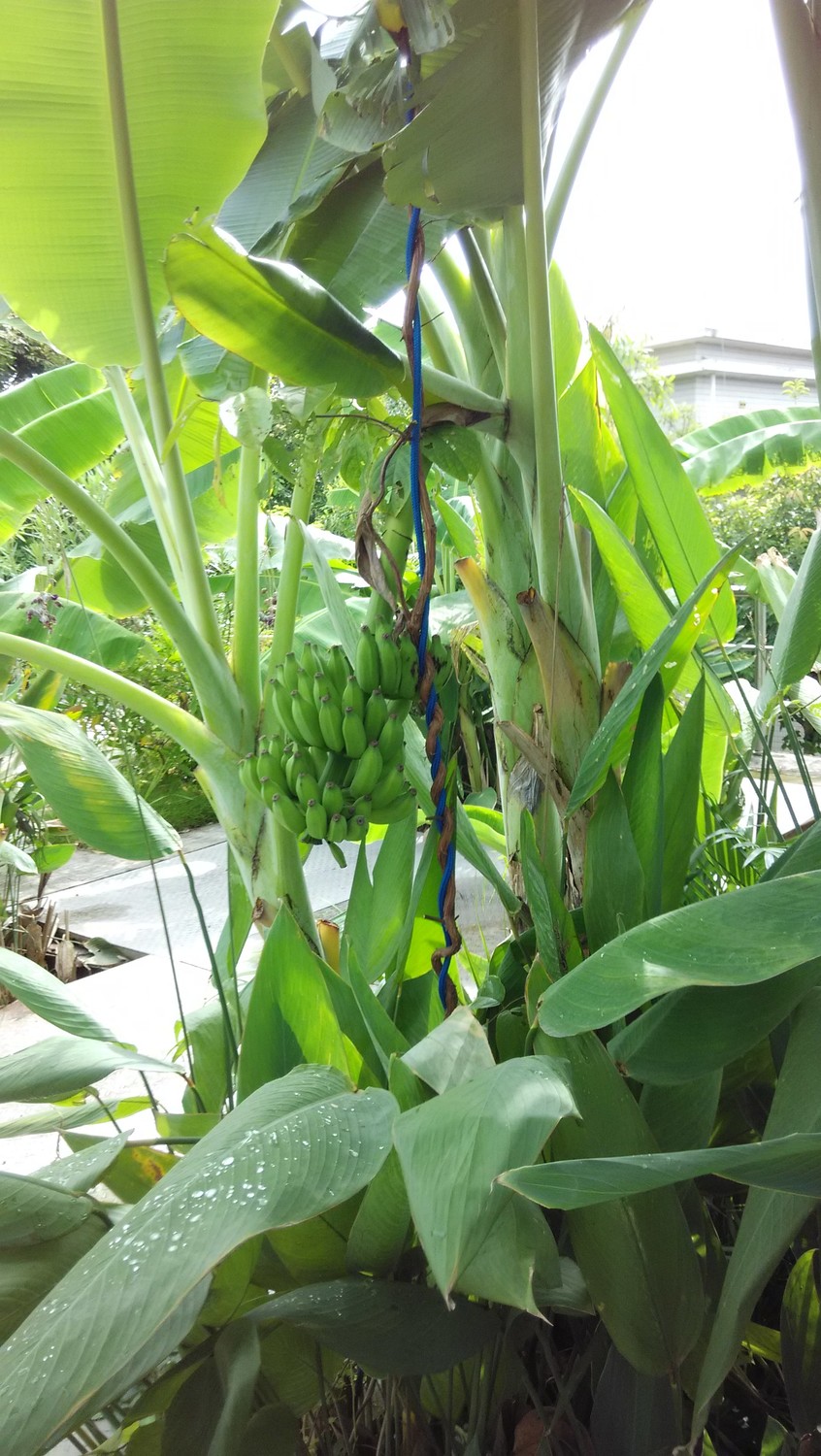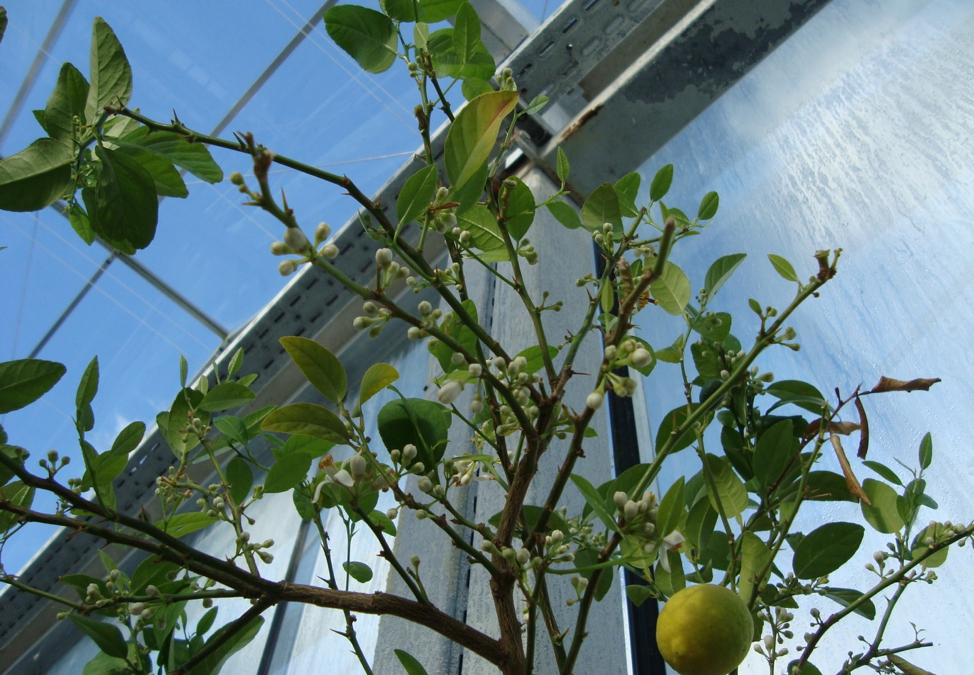Horticulture and Innovation Specialist at Organica Water
I work for Organica Water Inc, and we build treatment facilities enhanced with plants, creating a complex system utilizing diverse biological processes, all for cleaning wastewater better. For this we assemble water reclamation gardens, quite often using species which produce edible or other consumable plantal parts. Is it possible to focus on growing something useful?
As I use a number of species to create the diverse and sturdy stock, I can’t avoid the ones bearing tasty fruits, edible leaves or spectacular flowers.
First, is it legal to grow edible plants on wastewater?
I heard several regulations all around the globe, and they lead in the same direction. Most of them begin with this: crop irrigation using untreated wastewater is not allowed. Treated wastewater can be used, but using it is restricted. For example, in Hungary, Government Regulation no. 50/2001 states the following:
- (1) Untreated wastewater, raw wastewater sludge, untreated municipal liquid waste is not possible to be used in agriculture.
- (1) It is forbidden to use wastewater and wastewater sludge in the year of growth and in the previous year while growing root crops or fruits touching the soil.
(2) Treated wastewater can be used, except in the vegetation period, in low trunk orchards and in berry plantation. Traditional long trunk orchards can be irrigated with treated wastewater 6 weeks before harvesting.
(3) Treated wastewater or treated waste sludge can only be used between the harvesting and the sowing time on crop fields.
Our plants are continuously exposed to wastewater, so their consumption -based on the Hungarian law- is forbidden.

Let’s see another approach. If someone would try it… Would it be harmful?
The answer is not easy, but worth trying to answer. We, who work in the wastewater sector, all know that the seeds of tomato are not digestible. They are resistant, so they pass through the human body first, and then pass through the screens, being small enough. The seeds frequently settle down in corners and small patches of gathered sludge. They germinate and grow into full-sized plants, which sometimes reach the age of developing flowers, what’s more, fruits -in the reactor space, in front of the operators.
Maybe some of us also see the aforementioned operators even eating tomatoes for their meals, without bringing at least one in the lunchbox in the morning… And we saw them surviving, contrary to common expectations.
I also can’t avoid telling: the small bananas of the dwarf Musa acuminata growing on wastewater are especially savory, just saying, between you and me.

How can a plant growing on wastewater be harmful?
The wastewater is continuously aerated, bubbles are popping and emerging again. It creates a fine aerosol, which is usually very thin and has no real threat for people working there. But it accumulates on the surface of the plants and creates a thin layer of something. Maybe a thorough washing can clean it off, maybe not: better not to try.
But what if I peel a banana? The inside is clean, isn’t it?!
Well, I have bad news. The lettuce leaves remained contaminated with E. coli O157:H7 (a human enterobacteria, can cause diarrhea) even after washing, indicating that spray irrigation of vegetables with contaminated water may result in internal colonization of enteric pathogens into plant tissue (Solomon et al., 2002).
https://www.ncbi.nlm.nih.gov/pmc/articles/PMC126537/
Also, heavy metals tend to accumulate in plant tissue, but this issue doesn’t really threaten consumers of municipal wastewater-grown products.
Emerging pollutants such as painkillers, hormones or pesticides might be less dangerous: the metabolic activity of plants can deactivate these, as, for example, this study suggests:
https://www.ncbi.nlm.nih.gov/pubmed/26741549
So, as a final summary: it is better not to consume plant parts from a wastewater treatment facility: what grows there should stay there.
Or… Maybe there is one exception. I couldn’t find any study of analyzing wastewater -grown Cannabis sativa female inflorescence composition regarding contaminants.

Read a response to this topic, from Organica Water Social Marketing Associate, Ashley Varga: https://www.organicawater.com/poop-fruit-changed-my-outlook-on-life/


